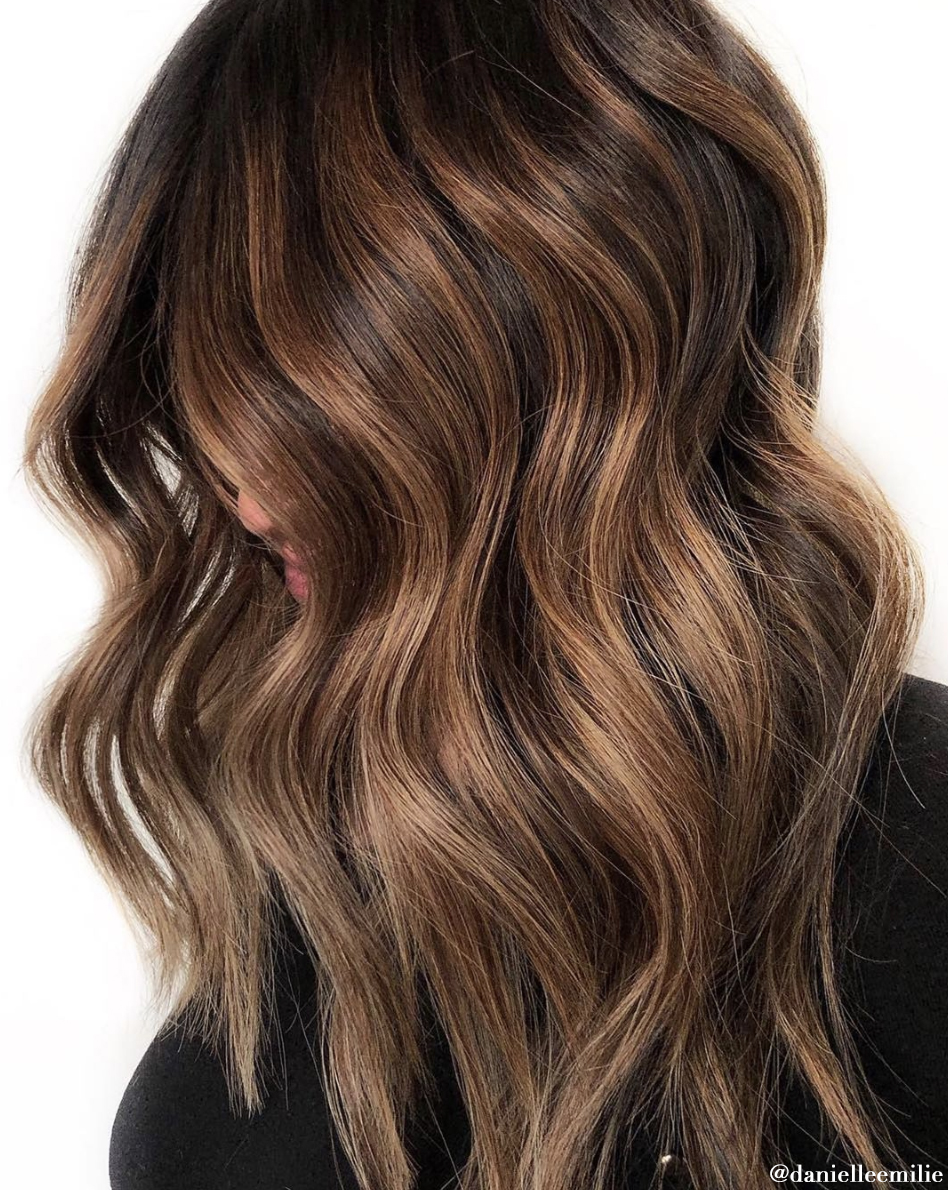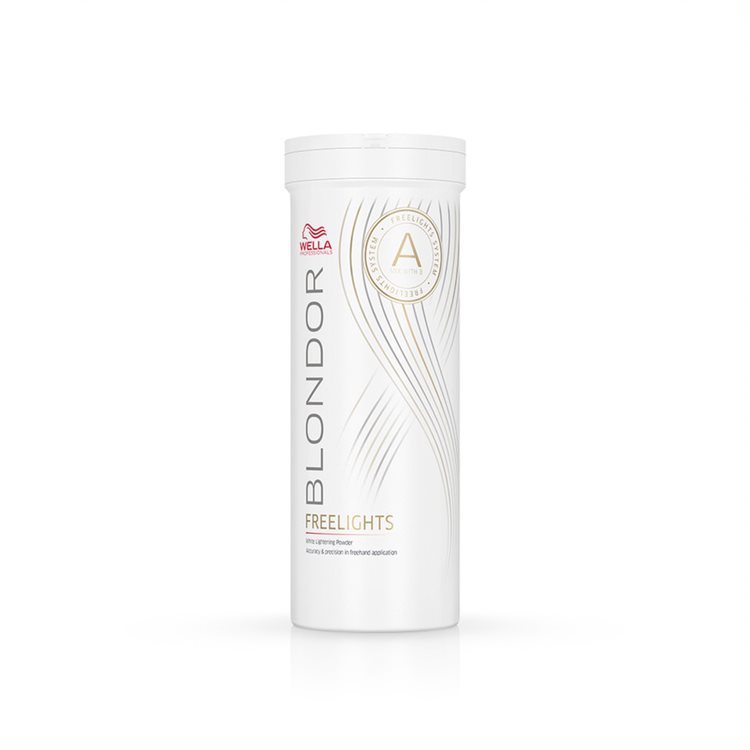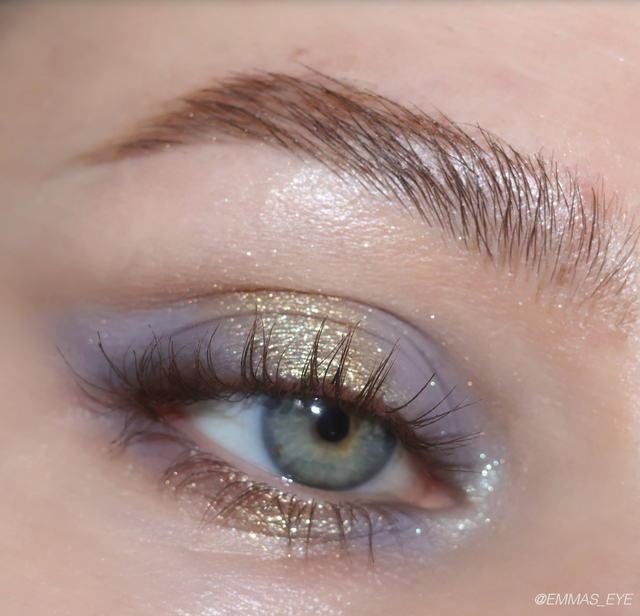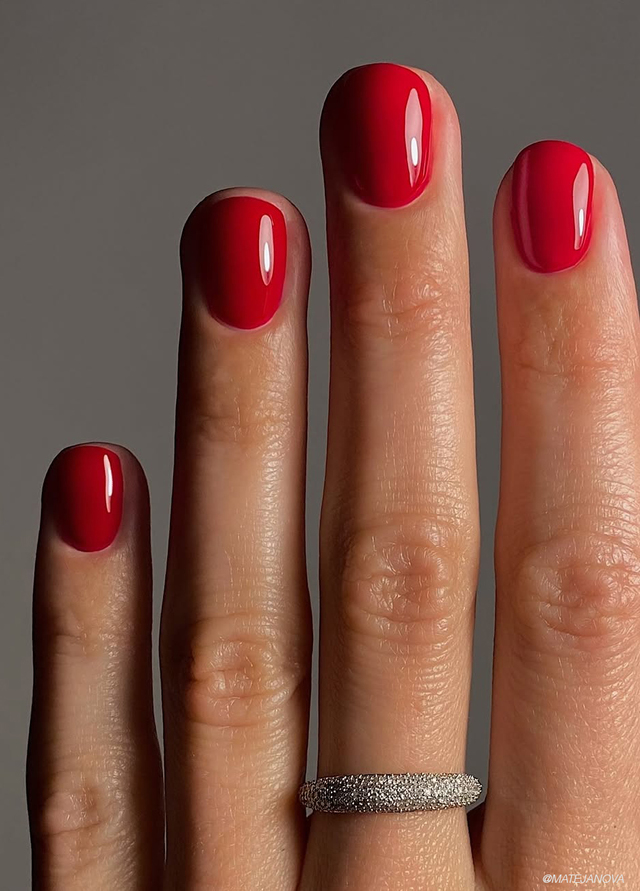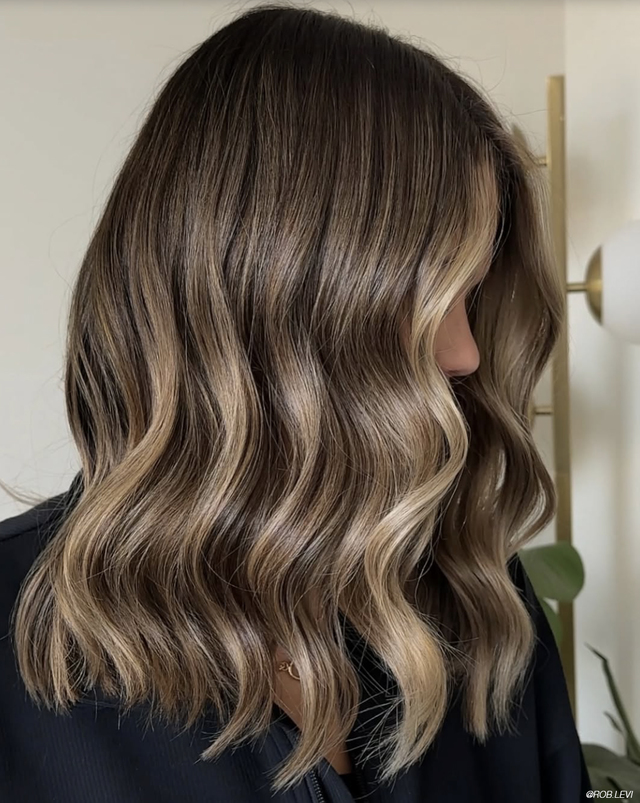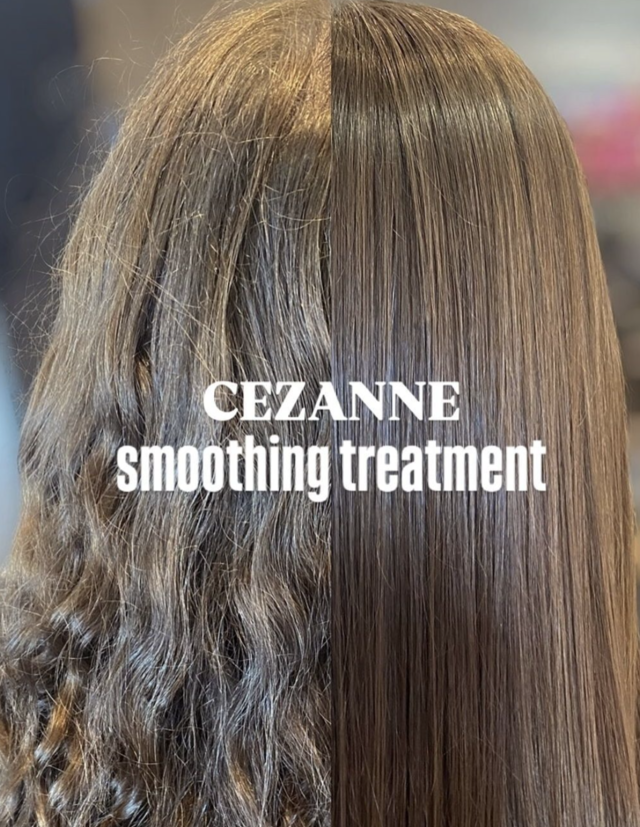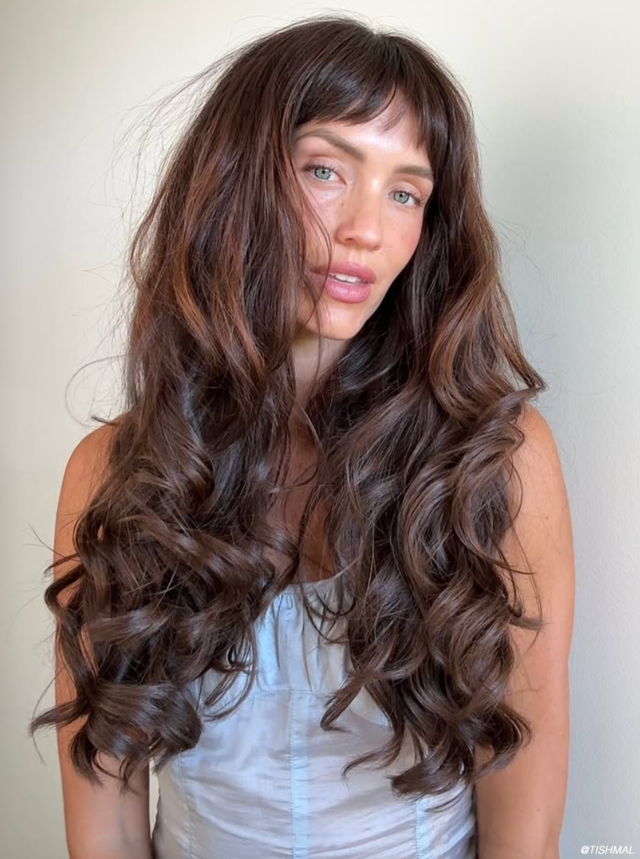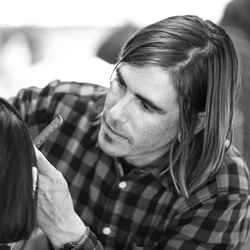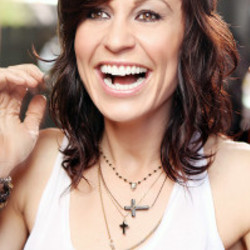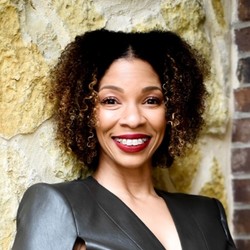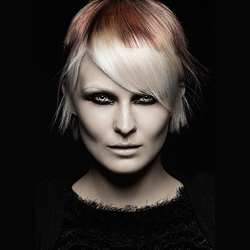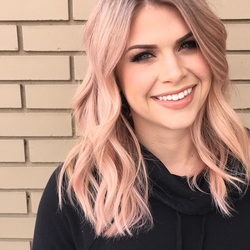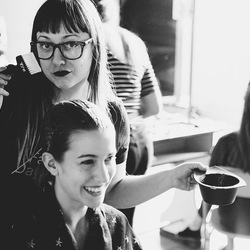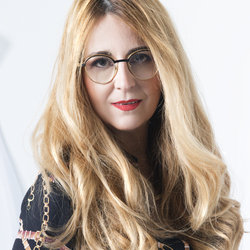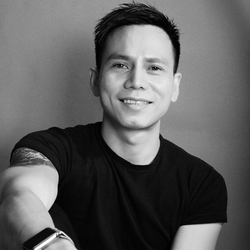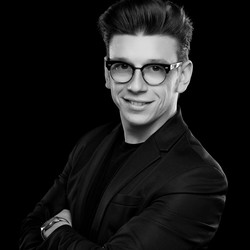Hair color has the ability to transform a haircut, inspire a new style and completely uplift one’s persona. As one of the most popular hair color trends, “balayage” has become widely known among not just salon professionals, but clients as well. The term, coined from the French “to sweep” has more to do with the placement and technique, rather than the actual tone. Breaking common misconceptions, we’re detailing the top ways to utilize this technique in various color services, because balayage isn’t just for beachy blondes.
Placement
During a balayage process, color is swept into the hair with a free-hand technique. Commonly created by lifting with lightener, painting color in the hair – natural, creative or pastel – also falls under the balayage umbrella. A more artistic approach to hair color, hairdressers will develop their own unique style. From the tools they use to get the look to the consistency of the product and the shade they choose - the key to getting the correct placement stems from a more natural overall style.
Transition
The transition refers to the way in which your clients natural base shade and applied hair color meet. Within a balayage service, the transition is soft and natural, with a lived-in feel. This is achieved both in the transition of light to dark and the diffuse placement of bleach. Darker and thinner sections at the root to lighter and “thicker” (more surface area) toward the ends.
Toning
When selecting a tone for your client, you’ll want to take their base shade, skin tone, and eye color into account. If their skin tone is warm, you can complement them by adding slightly warmer major and minor tones to the formulation (/3 - Gold, /4- Red, /5 - Red-Violet, or /7 - Brown). No matter the hair color or lift they are looking to achieve, subtle changes can be made to the shade to ensure it is a tone that is perfectly suited to their bespoke style.
Contour
Just as a hair cut can be contoured to your client’s face shape, their hair color can be contoured for their cut. With the ability to add light or darkness where needed, it is essential to look at your client's overall face shape and silhouette. While balayage predominantly focuses on the mid-lengths to the ends, painting extra pieces around the face can brighten any finish, further contouring the overall appearance, depth, and dimension of their style.
Like any salon service, perfecting balayage comes from experience and the right tools. We always suggest using Wella Professionals Blondor FreeLights Hair Lightener Powder – a product specifically for free-hand techniques – to ensure precision, lift, and application with less swelling.
